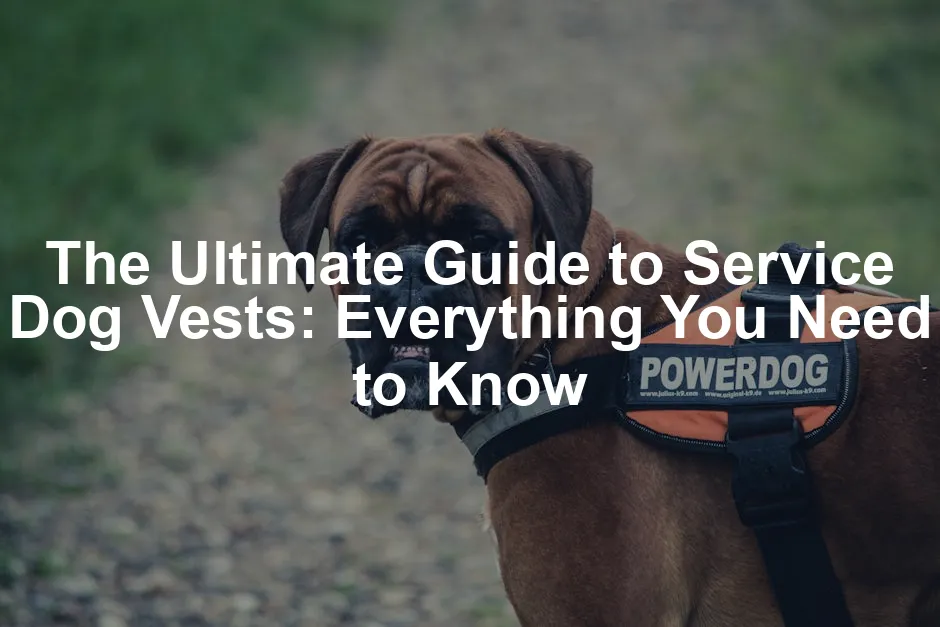Introduction
In a world where dogs can be our best friends, some take on even more significant roles as service animals. But what happens when these furry heroes need a little fashion upgrade? Enter the service dog vest—both a stylish accessory and a functional tool for identification. Whether you’re a seasoned handler or a newbie navigating the world of service dogs, understanding the importance of a service dog vest is key. Service dogs perform essential tasks, helping individuals with disabilities to live more independently. They assist with mobility, guide the visually impaired, alert those with hearing issues, and provide emotional support. However, their hard work often goes unnoticed without proper identification. This is where a well-fitted vest comes into play. Not only does a service dog vest enhance visibility, but it also signals to the public that your dog is on duty. This can help reduce unnecessary interruptions and distractions. Think of it as a superhero cape, signaling that your dog is ready to save the day! And speaking of saving the day, equip your service dog with a Ruffwear Service Dog Vest. It’s designed for comfort and visibility, ensuring that your pooch is recognized as the hero they are! Choosing the right vest involves considering factors like comfort, durability, and adjustability. Plus, understanding the legalities surrounding service dog vests is crucial. This guide will unravel the essentials, from selecting the right vest to understanding the benefits and responsibilities that come with it. So grab a treat for your pup and settle in as we fetch some essential insights!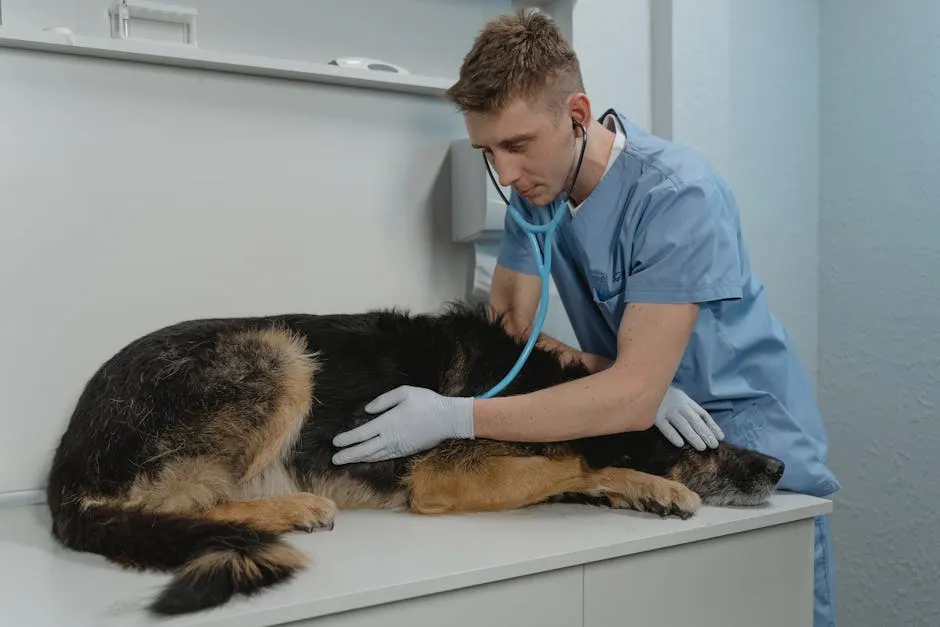
Summary
Service dog vests are more than just fashionable attire; they serve vital purposes that go beyond aesthetics. This comprehensive guide will cover:- The importance and benefits of service dog vests, including visibility and identification.
- Key features to look for when selecting a vest, such as comfort, durability, and adjustability.
- A breakdown of various types of service dog vests available on the market, including specialized options for different needs.
- Legal considerations surrounding service dog vests, including what constitutes a legitimate service animal.
- Tips for training and using a service dog vest effectively.

The Importance of Service Dog Vests
Why Do Service Dogs Need Vests?
Service dogs are not just adorable companions; they play vital roles in assisting individuals with disabilities. From guiding the visually impaired to alerting their handlers about medical issues, these heroic pups are always on duty. Their responsibilities are crucial, yet the public often overlooks their hard work. This is where service dog vests come into play. A well-fitted vest serves as a clear indication that the dog is at work. It’s like wearing a uniform to signify their important role. When people see a service dog in a vest, they understand the need to respect the dog’s space. This helps avoid unnecessary interference, allowing the service dog to focus on its duties. After all, nobody wants to be distracted while trying to save the day! And while you’re ensuring your dog is recognized, don’t forget about their safety with a Reflective Dog Vest for Safety—because even heroes need to be seen!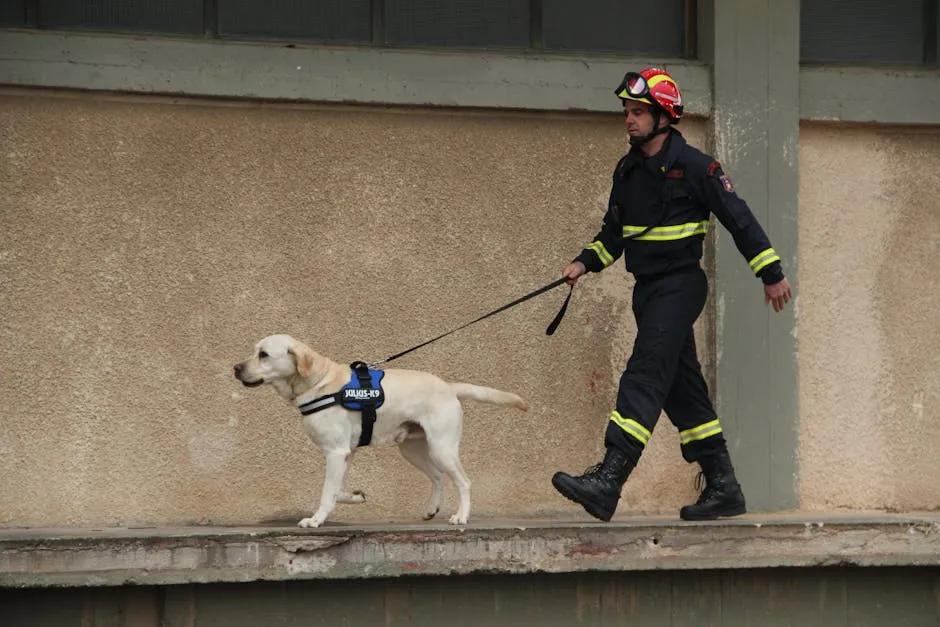
Benefits of Wearing a Vest
Wearing a service dog vest offers numerous benefits for both the dog and the handler. First, it improves visibility and identification in public. A clearly marked service dog is less likely to be approached by curious onlookers. This is crucial for maintaining the dog’s focus and ensuring it can perform its tasks effectively. Safety is another significant benefit. A vest can help protect the dog from potential hazards in busy environments. It clearly marks the dog as a working animal, making it less likely for strangers to approach or pet the dog without permission. Moreover, a vest serves as a training tool. When a service dog wears its vest, it learns to associate the garment with work. This association enhances the dog’s ability to focus and perform tasks effectively. In essence, the vest helps the dog understand that it’s time to get to work, much like a human donning a suit for a big meeting. To further enhance your dog’s training, consider a Dog Training Book that suits your needs!
Features to Look for in a Service Dog Vest
Comfort and Fit
When it comes to service dog vests, comfort is king. A well-fitted vest ensures that your furry friend can perform tasks without discomfort. Look for options with adjustable features. These allow for a snug fit that accommodates your dog’s unique shape, whether they are a petite pup or a large canine companion. Different sizes and styles cater to various breeds and body types. A vest that restricts movement can hinder a service dog’s ability to carry out its responsibilities. Therefore, prioritize vests that offer a full range of motion, so your dog can strut its stuff with ease. And while you’re at it, don’t forget to grab a Dog Harness with Handle for added support!
Durability and Material
Service dog vests should be built to endure. A quality vest is made from durable materials that can withstand the rigors of daily use. Look for options made from abrasion-resistant fabrics that can handle rough environments. Waterproof materials are a bonus, particularly if you live in a rainy area. Durability doesn’t mean sacrificing comfort. The best vests blend robust materials with soft linings to keep your dog comfortable throughout its duties. A well-constructed vest will last for years, making it a sound investment for any service dog handler. Consider pairing that vest with a Dog Grooming Kit to keep your service dog looking sharp!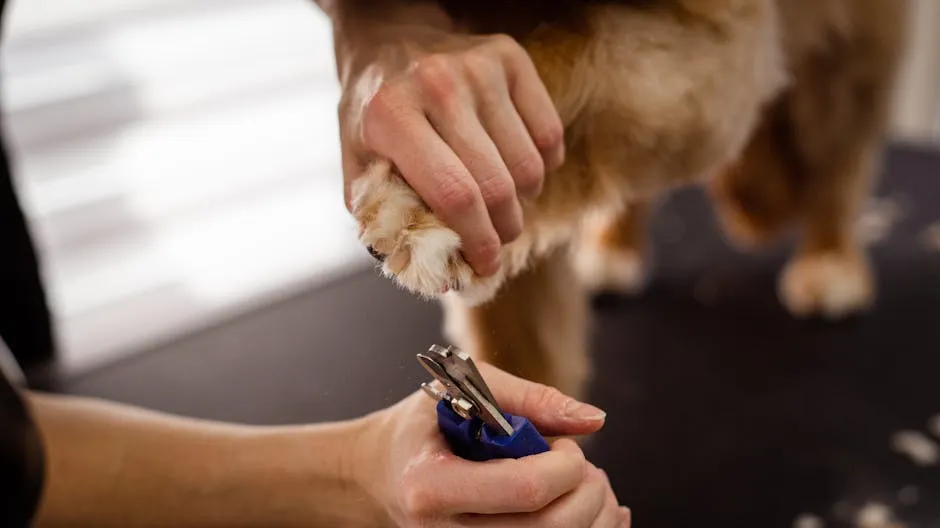
Visibility and Identification
Visibility is crucial for service dogs, especially in low-light situations. Vests with reflective materials enhance safety during nighttime outings. A well-lit vest helps ensure that your dog is easily seen, reducing the risk of accidents. Additionally, consider vests with pockets for ID cards and essential items. These pockets can hold important information, including proof of your dog’s training and any medical alerts. This makes it easier for others to recognize your dog’s role, ensuring they receive the respect and recognition they deserve. And for those long walks, a Portable Dog Water Bottle is a must-have to keep your pup hydrated!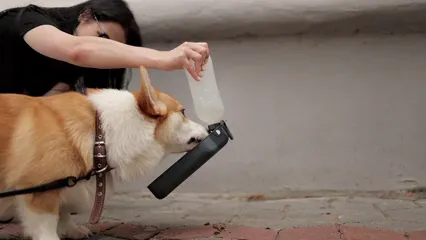
Types of Service Dog Vests
Standard vs. Specialized Vests
Service dog vests come in two main categories: standard and specialized. Standard vests are designed for general identification. They work well for most service dogs, indicating that the dog is a working animal. These vests usually feature bright colors and clear lettering, making them easily recognizable. On the other hand, specialized vests are tailored for specific tasks. For instance, a mobility assistance vest may come equipped with a handle for the handler to hold onto. Psychiatric service dogs might wear vests with additional pockets for medication or calming items. Each vest is crafted to meet the unique needs of the service dog and its handler.
Material and Design Variations
The design of service dog vests varies widely. You can find harness-style vests that distribute pressure evenly across the dog’s body. These are great for large dogs or those that need extra support. Cape-style vests are another popular option. They drape over the dog’s back and are generally more lightweight. Brands like Ruffwear and Active Dogs offer high-quality options. Ruffwear’s Access ID™ Service Dog Vest is known for its durability and comfort. It features five points of adjustment for a perfect fit. Active Dogs provides a variety of styles, including tactical and in-training vests. Their products cater to all types of service dogs, ensuring you find the right style for your furry friend.
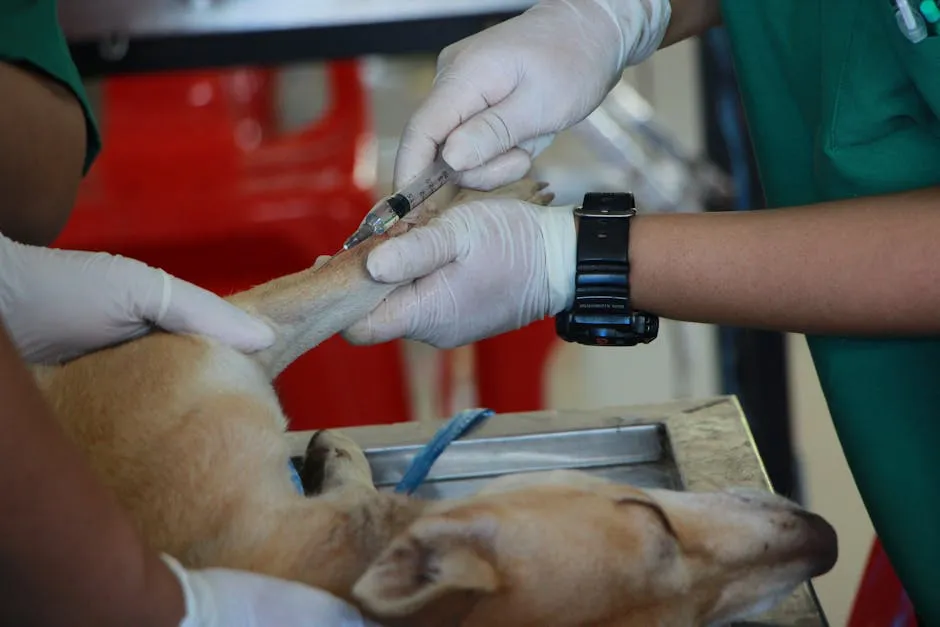
In-Training Vests
In-training vests serve a unique purpose. They indicate that a dog is still in the process of being trained as a service animal. These vests are crucial for helping the public understand that the dog is not yet fully certified but is learning important tasks. Typically, in-training vests are less formal than certified service dog vests. They often have clear indicators, like “In Training” patches, to avoid confusion. This helps to manage expectations for both the handler and the public.

Legal Considerations Surrounding Service Dog Vests
Understanding the ADA Regulations
The Americans with Disabilities Act (ADA) defines a service dog as a dog specifically trained to perform tasks for individuals with disabilities. This definition is crucial for understanding the legal framework surrounding service dogs. The ADA allows service dogs to accompany their handlers in public spaces, providing essential support and assistance. Notably, the ADA stipulates that only dogs are recognized as service animals. This means that other pets, such as cats or emotional support animals, do not fall under this definition. The tasks performed by service dogs must directly relate to the handler’s disability. For instance, a dog trained to alert a person with a hearing impairment is a service dog, while one that simply provides companionship is not.
Rights and Responsibilities of Handlers
Handlers of service dogs enjoy specific rights in public spaces. Under the ADA, they are permitted to take their service dogs into restaurants, stores, and other public areas. This access is vital for their independence and well-being. However, it’s essential for handlers to understand their responsibilities as well. One significant responsibility is ensuring that their service dog is properly trained to perform tasks related to their disability. Misrepresenting a pet as a service dog can lead to serious consequences. Handlers must be prepared to answer two specific questions if asked by the public: Is the dog a service animal required because of a disability? What tasks has the dog been trained to perform?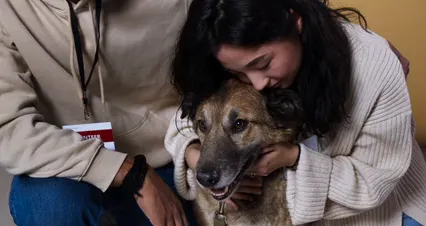
Consequences of Misuse
Misrepresenting a pet as a service dog can lead to legal penalties. Many states impose fines for this type of fraud. For instance, California can fine individuals up to $1,000 and/or impose up to six months in jail for such misrepresentation. Other states have similar laws, treating this issue as a petty offense or misdemeanor. These penalties serve to protect the integrity of service animals and the vital roles they play in their handlers’ lives. By presenting a pet as a service dog, individuals put genuine service dog teams at risk. It can lead to increased scrutiny and skepticism toward all service dogs, making it harder for legitimate teams to navigate public spaces.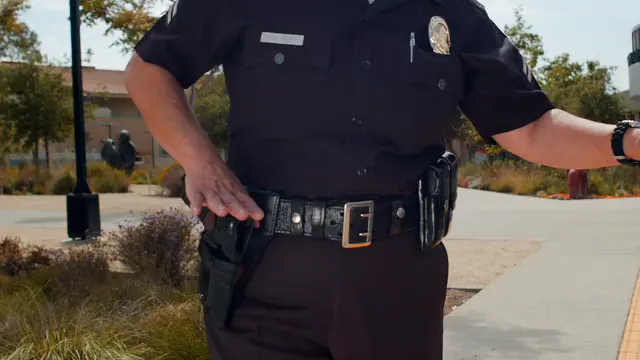
Tips for Training and Using a Service Dog Vest
Training Your Dog to Wear a Vest
Training your service dog to wear a vest is a vital step toward their success. Start by introducing the vest in a positive environment. Allow your dog to sniff and investigate the vest before putting it on. This helps reduce any initial apprehension. You can also place the vest near their food or toys to create a positive association. Once your dog is comfortable with the vest, try putting it on for short periods. Gradually increase the time they wear it while engaging them in enjoyable activities. Positive reinforcement is key here. Reward your dog with treats or praise when they wear the vest without fuss. This encourages them to accept the vest as part of their working gear.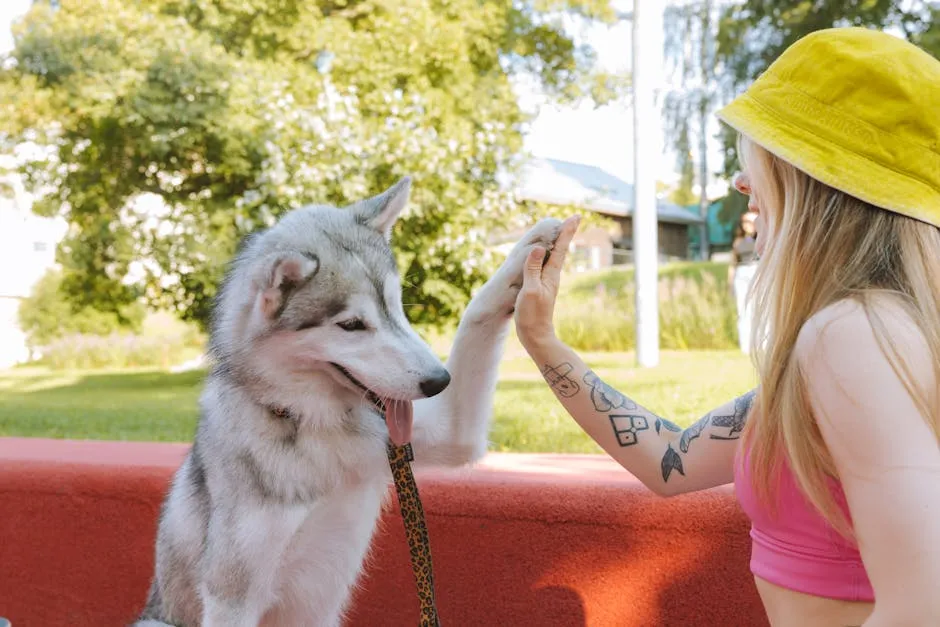
Situational Awareness and Etiquette
Navigating public spaces with a service dog requires a mix of confidence and courtesy. First, handlers should always stay aware of their surroundings. Keep an eye on potential distractions, like loud sounds or busy crowds. This awareness helps maintain focus for both you and your service dog. When approaching tight areas, such as doorways or elevators, be sure to give your dog enough space to maneuver. Remember, they’re not just pets—they’re professionals on duty! If you anticipate a crowded area, consider timing your outing for quieter moments. Less chaos equals a calmer experience for both of you. Now, let’s talk about the inevitable questions. Curious onlookers often ask about your service dog. It’s perfectly fine to share information, but remember, you’re not obligated to disclose personal details about your disability. A simple, “Thank you for your interest, but I prefer not to discuss it,” usually suffices. Some may challenge your service dog’s presence. If approached, calmly explain your rights under the ADA. Most people back off when they realize they’re not the dog police! If someone continues to press, it may help to have a printed card outlining your dog’s role and the legal protections in place. Above all, keep your demeanor friendly yet assertive. You’re a team, and with the right attitude, you’ll help foster understanding and respect for service dogs everywhere. Remember, your dog’s vest is more than just fabric; it’s a signal that they’re there to work, not play! And for those extra busy days, a Pet Travel Carrier can be a lifesaver! Please let us know what you think about our content by leaving a comment down below! Thank you for reading till here 🙂All images from Pexels

